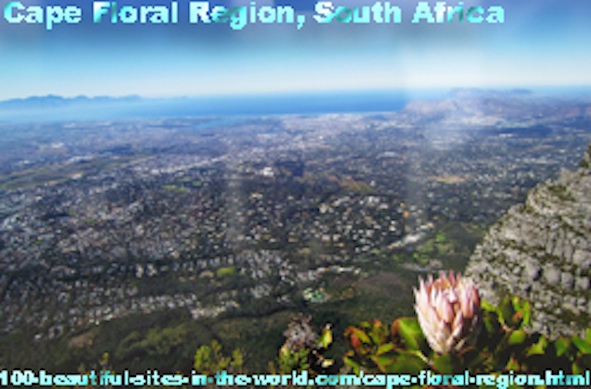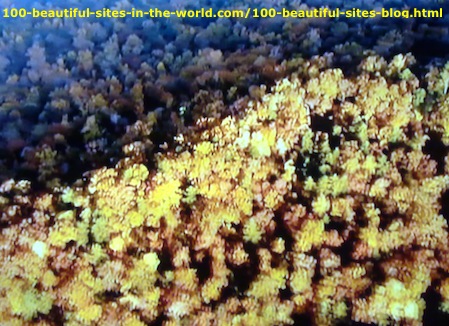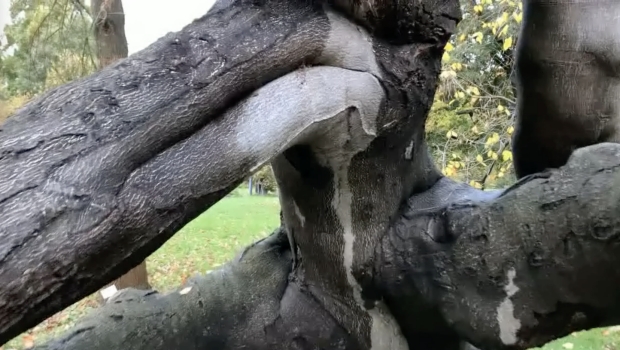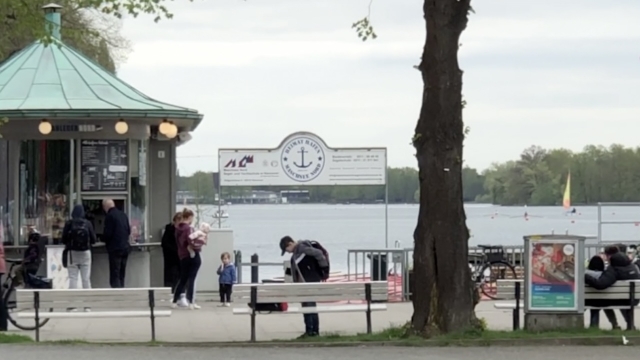Cape Floral Region is a Floral Kingdom of Fine Bush!
Cape Floral Region in South Africa is a floral kingdom of fine bush and it comprises eight protective, beautiful and rich floral areas in South Africa. It is considered in its collective and protected floral beauty one of the world's best heritage sites.
While I was preparing this page collecting some additional information about Cape Floral Kingdom, I did not know why I in a flashback saw myself a junior, sitting in my classroom in the intermediate school.
I heard my English teacher reading for us (I really did not remember, whether from King Solomon's Mines or from Allan Quartermain) that paragraph at the time when the servant in the novel raised his axe high to break the stone, so the saying was fulfilled. Please remind me through the form.
I thought for a while that the saying, which has been fulfilled, when the stone was broken has given South Africa not the gold mines, but the Cape Floral Region.
The following article is about this Cape in South Africa. If you have more information about it, please write it through the form at the bottom so the readers could read about the area from different perspectives. I will reward you for that by some e-books as gifts. Thanks.
The UNESCO has declared Cape Floral Region in western and eastern Cape Province in South Africa as one of the World Heritage Sites.
It is inscribed in 2004 in the list of the world's heritage sites, which includes in total 890 sites, as of April 2009. 176 of those sites are natural, 689 are cultural and 25 are mixed and they are included from 148 states parties that have adhered to the World Heritage Convention.
Around the city of Cape Town and in the African southwestern section, you will find an area that is considered the world's "hottest hotspot" for plant diversity.
Nowhere else on earth will you find so many endemic species - species not found anywhere else in the world - focused on a small area. The site is one of the richest plant cover in the world among eight protected areas that covers 553,000 hectares in South Africa.
It lies in the Cap Province and stretches from it to the southern parts above the coastline towards the Gans Bay and then to the eastern part. Including the range of mountains, valleys and lakes on the north and east of the coast, it covers the entire area with beautiful sites.
This temperate shrub area called Cape Floral Region represents less than 0.5% of Africa and it is home to nearly 20% of the continent's plant diversity. The plant diversity here makes up to three times the amount of the plant diversity in the Amazon.
It is also known as "The Fynbos" which is the name of an ecosystem that is unique to the region. Fynbos is Afrikaans for "fine bush" - or "fine bush-land" - an area whose main plant type is a component of evergreen shrubs and small plants of hardy, thin and tubular leaves and reeds.
Fynbos region covers the area of 90,000 square kilometres and contain 9,000 different plant species.
Those species are such as Protea family, Reed family of Restios and Heath family in addition to other types of Daisy family, strandveld vegetation and Afromontane forest (including plants and animals), all of which accounts for one third of species that are not found anywhere else on Earth.
Some of the most spectacular of the plants belongs to the protea family. Among them are the most notable plants that called Proteaceae or King Protea, and it is South Africa's national flower. It is also called "honey pot" or "king sugar bush" because both sugarbirds and Sunbirds feed on its flowers.
The Protease in the Cape Floral Region was developed for six to eight million years ago, when the climate was cooler than today. This makes them very sensitive to warming and climate change.
The astonishing floral riches of the Cape are breath taking as described by some articles. As one of the oldest plant kingdoms in the world, the Cape Floral Kingdom has some species dating back 60 million years.
The Cape Floral Region comprises the eight unique areas of Table Mountain, Groot Winterhoek, Cederberg, Boland, De Hoop, Boosmansbos, Swartberg and Baviaanskloof.
In the year 2050, the area may face a temperature rise of about 1.8º C with a dramatic increase in forest fires. That could eliminate up to 30% of plant species in the Fynbos areas, many of them endemic, and destroy the fragile ecological balance in the region.
You can either comment on this article about Cape Floral Region, the Floral Kingdom of Fine Bush in South Africa, or write your own.
To do so, please use the following form and contribute to this page. It is good idea to leave your email address so you can receive any reply to your comments.
PLEASE BE ASSURED, no one of the commentators will capture your email address. It is only that the system that will send you notifications about replies to your comments, as this process is automated.
I have some gifts for you too for sharing your words about any beautiful location in Cape Floral Region, the Floral Kingdom of Fine Bush in South Africa and the affects of global warming on those locations. Thanks.
Search inside Cape Floral Region, the Floral Kingdom of Fine Bush in South Africa. Use the search tool at the right column.
You can also enjoy more activities here if you liked this page about the Cape Floral Region, the Floral Kingdom of Fine Bush in South Africa. Please share it with your social media services through the buttons at the left and the right columns of the page and at the bottom of the page.
This could be also additional value to you, as you could experience some social networking technologies and know more. Click on "Enjoy this page? Please pay it forward" at the bottom to know how to link to the website.
Have A Great Story About Some Beautiful Sites in the World?
Do you have a great story about any beautiful site in the world? Share it!
All You Need to Know about South Africa at Amazon!
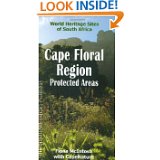
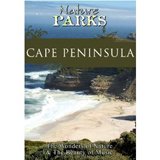
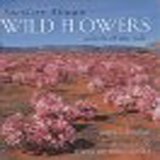
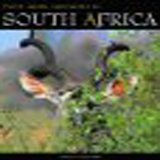




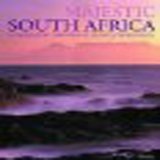
Comments on Cape Floral Region appear at the second section of the page below the comments form and above these lines.
I use "Site Build It" tools at the bar below to empower this page about Cape Floral Region, the Floral Kingdom of Fine Bush in South Africa and the entire 100 Beautiful Sites in the World. Thanks to those strong website building and optimizing tools.
100 Beautiful Sites in the World| 100 Beautiful Sites Blog| 100 Beautiful Sights| About Us| Beautiful Site Map| Beautiful Scene Newsletter| Contact Beautiful Sites| Any Beautiful City| Forward 100 Beautiful Cities| User Interface| Beautiful Photo Exchange| Beautiful Picture Contest| Beautiful Sites Link Exchange| Travel Photography| Aegean Sea| Altai Mountains| Amazonian Beautiful Images| Amazon Rainforest| Amazon Rainforests| Amman| Andalusia| Archipelago Sea| Arctic Ocean| Battery| Bayan Olgii| Bay of Plenty| Beautiful Tonga Islands| Beijing| Bering Sea| Big Sur| Boreal Forest| Borneo| Cape Floral Region| Caracas| Caribbean Sea Turtles| Chacaltaya| Chicago| Congo River Basin| Copenhagen| Copenhagen Climate Change| County Meath| Dalarna| Franz Josef Glacier| Ganges Delta| Gondar| Great Barrier Reef| Gujarat| Herschel Island| Hudson Bay| Ilulissat| Indus River| Kakadu| Kalahari Desert| Kauai| Kilimanjaro| Komodo Island| Kordofan| Lake Baikal| Lake Chad| Lilongwe| Madagascar| Mergui Archipelago| Mississippi River| Monteverde Cloud Forest| Naukluft Park| Niger Delta| North Slope| Norwegian Tundra| Nunavut| Nuwara Eliya| Okavango Delta| Olympia| Panama Canal| Paris| Perth| Quelccaya Ice Cap| Recife| Rio de la Plata| Ross Ice Shelf| Rotterdam| Rub al-Khali| Sagarmatha National Park| Saint Louis| Serengeti| Siberia| Solomon Islands| Sulu Sulawesi Sea| Thames| Tian Shan| Timbuktu| Tokyo| Trinidad| Tuvalu| Upper Po Valley| Valdes Peninsula| Vavau| Venice| Wadden Sea| Yamal Peninsula| Yangtze River| Zackenberg| Zahara de la Sierra| Massai-Mara Natural Reserve| The Massai| White Massai| The Story of My Life Ended in Gondar|
